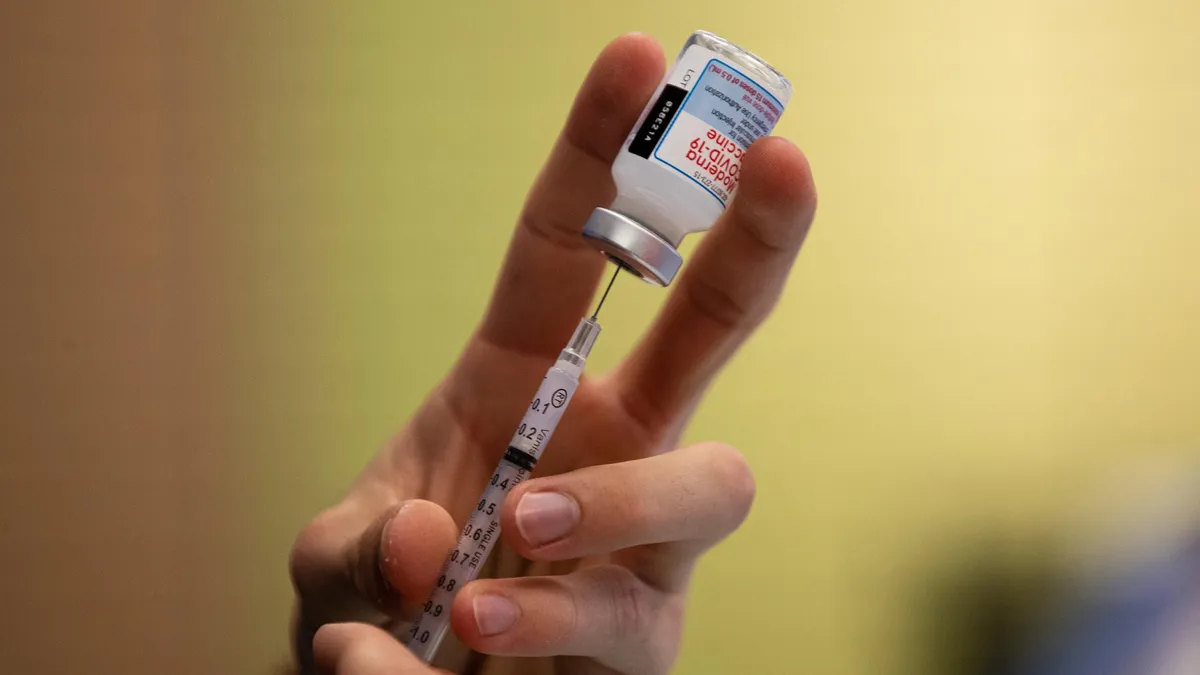Interested in maximizing the effectiveness of your two-dose vaccine? A recent study suggests a unique approach: administering one dose in each arm. Researchers have found intriguing evidence indicating that this method might enhance the body’s immune response to covid-19 compared to the conventional practice of receiving both doses in the same arm. However, further research is essential to validate whether this approach should be widely recommended for future vaccines.

Prior studies exploring whether the choice of arm impacts the immune response to multi-dose vaccines have yielded conflicting results, often due to small sample sizes or observational study designs. However, a new study led by researchers from Oregon Health & Science University offers promising insights. By analyzing data from a large-scale research project, participants were randomly assigned to receive either both covid-19 shots in one arm or one shot in each arm (known as contralateral boosting).

The study tracked nearly 1,000 participants over a 14-month period, monitoring their immune responses to the coronavirus. Those who received the second shot in their opposite arm exhibited slightly higher antibody levels to the virus, including to the spike protein and other viral components. Interestingly, this difference in immune response between the two groups became more pronounced over time, suggesting a potential advantage of alternating arms for vaccine administration.
Furthermore, a comparison of 54 pairs of individuals matched by age and other characteristics revealed that those who received shots in both arms eventually produced greater quantities of binding and neutralizing antibodies, including against the Omicron variant.
While these findings are encouraging, further research is necessary to confirm the results and determine whether a dual-arm strategy is optimal for all diseases. Nonetheless, if validated, this approach could hold particular promise for immunocompromised individuals. Lead author Marcel E. Curlin emphasized the need for a deeper understanding before making recommendations but hinted that alternating arms could merit consideration in future vaccination campaigns.















































